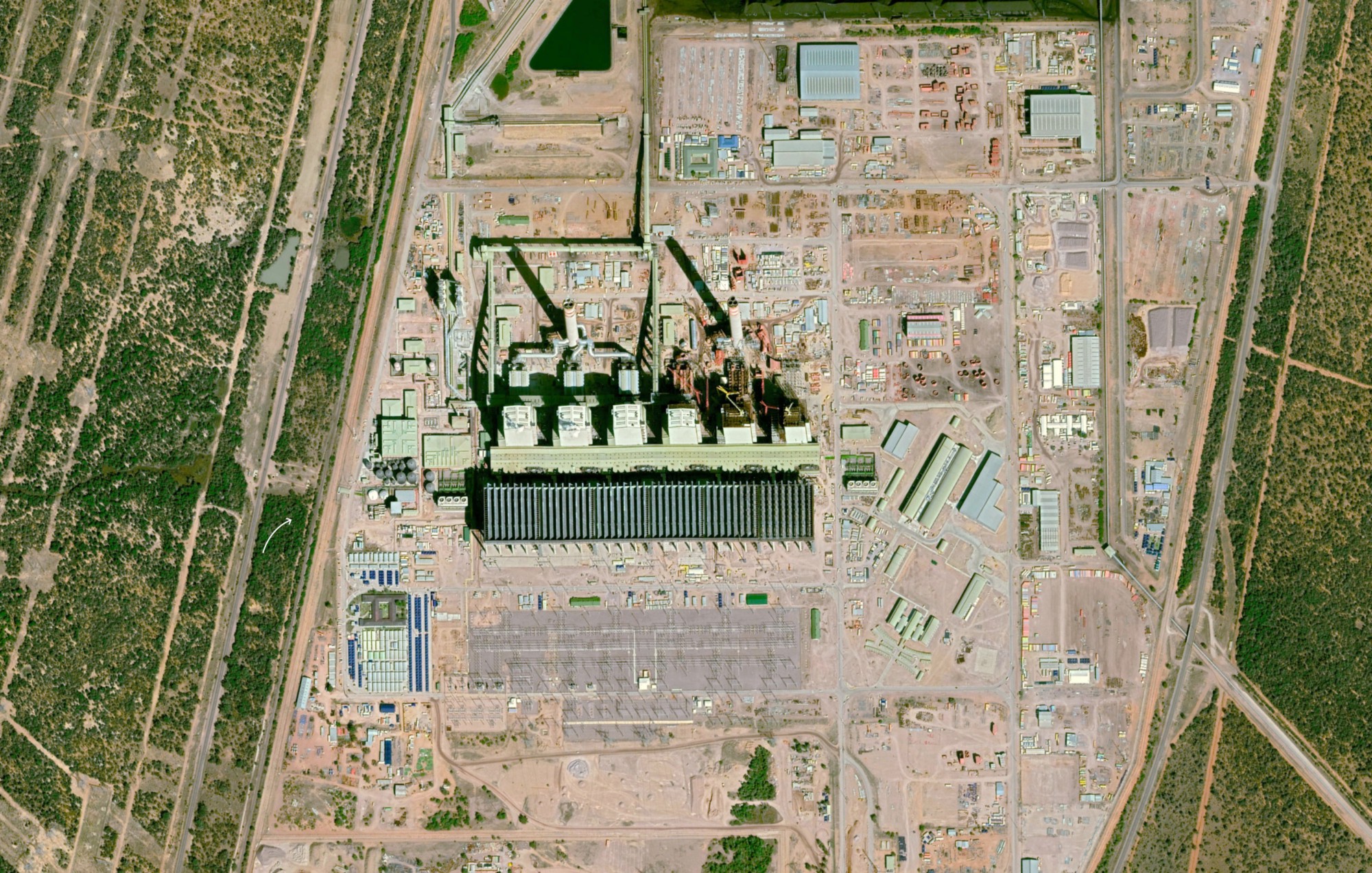By Derek Watkins, K K Rebecca Lai & Keith Bradsher
China envisions a vast global network of trade, investment and infrastructure that will reshape financial and geopolitical ties and bring the rest of the world closer to Beijing. It is a modern-day version of the Marshall Plan, America’s reconstruction effort after World War II, which created a foundation for enduring military and diplomatic alliances. China’s strategy is bolder, more expensive and far riskier.
Its money doesn’t necessarily come with the usual rules. And the cost, for China and its borrowers alike, can sometimes be too high. We examined nearly 600 projects that China helped finance in the last decade, through billions of dollars in grants, loans and investments. Taken together, they show the scope and motivation of China’s strategy.
41 pipelines and other oil and gas infrastructure help China secure valuable resources. 203 bridges, roads and railways create new ways for China to move its goods around the world. 199 power plants — for nuclear, natural gas, coal and renewables — give China new markets for its construction and equipment companies.
We found 112 countries where China has financed projects. While most fall under its infrastructure plan known as the Belt and Road Initiative, Beijing has pushed beyond those boundaries. After years of honing its construction skills at home, China is now deploying them abroad, including a series of hydroelectric dams. In terms of power output, many of them approach or exceed the size of the Hoover Dam:
Geopolitical Goals
China needs friends. And literal bridges can help build figurative ones. Large ports in Pakistan, Sri Lanka and Malaysia — three countries along a major oil and commerce route from the Mideast and Africa — could someday double as naval logistics hubs. Beijing is heavily focused on its neighbors, lending them money for extensive road-building projects. Pakistan is running out of money to repay the loans, part of a broader pattern of what critics call China’s “debt trap” diplomacy.
Different Standards
China has a different view when it comes to labor and environmental strictures. To staff overseas projects, Chinese companies have flown in their own workers by the thousands, drawing complaints that they are doing little to create local jobs. Safety standards have been uneven. And Beijing continues to export polluting technologies like coal-fired power plants, even as such projects have become unpopular in China.
Risky Moves
Western governments and multinationals generally steer clear of politically volatile countries. The Chinese government has been less skittish, lending heavily to nations like Venezuela, Nigeria and Zimbabwe. But China’s lending is not usually largess. Countries that run into financial trouble must renegotiate their loans, putting them deeper into debt. Sometimes projects are left in limbo.
Ecuador spent over $1 billion to prepare a site for a $12 billion Chinese refinery that was supposed to be finished in 2013. It’s stalled.


